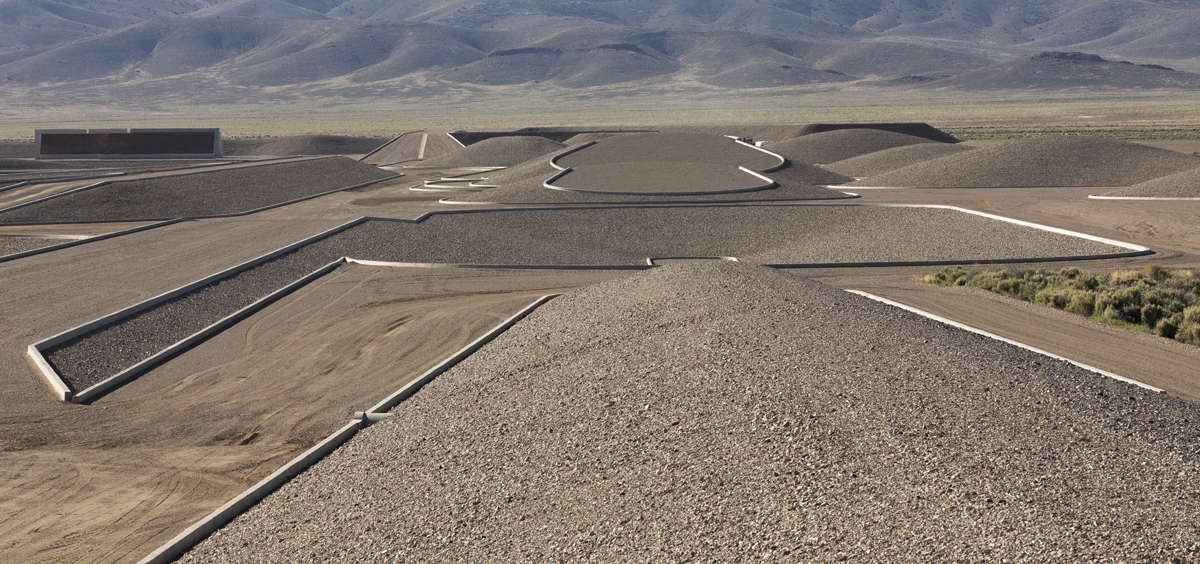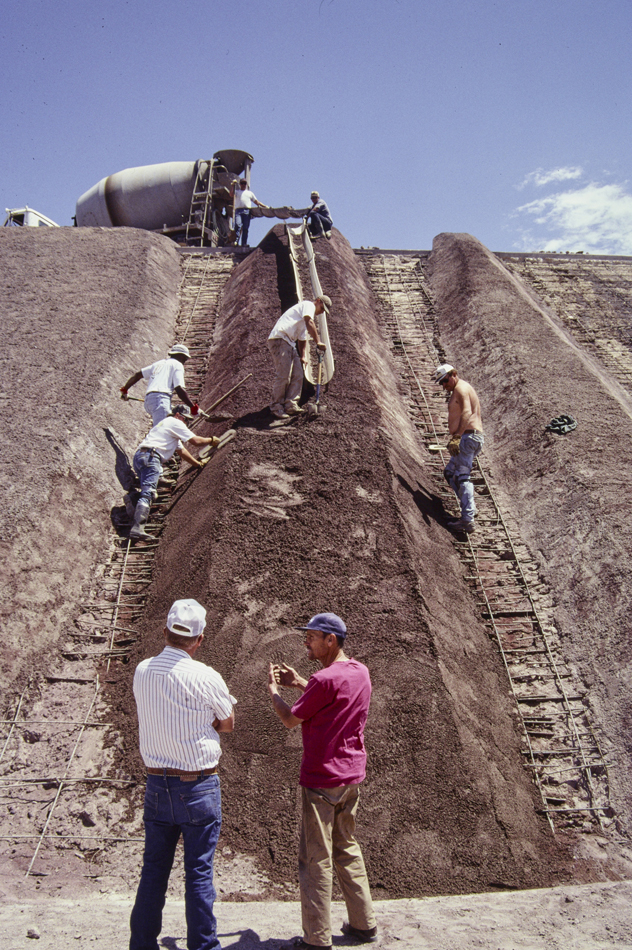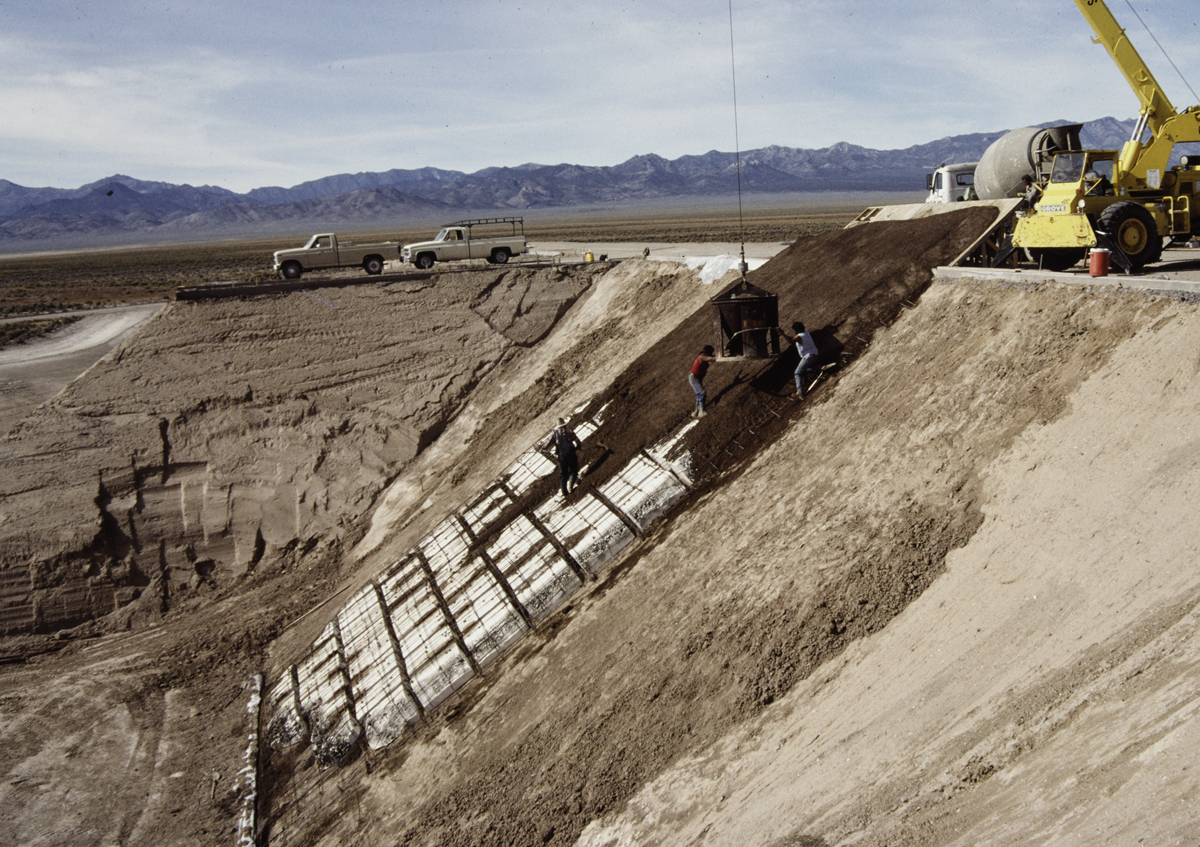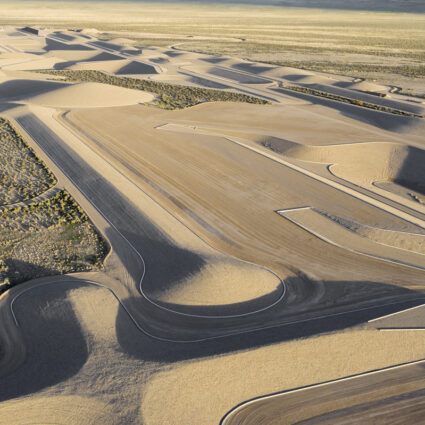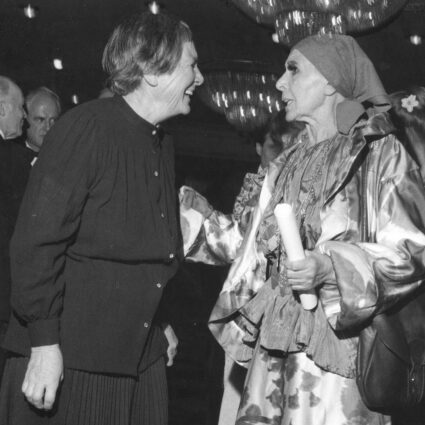Michael Heizer’s City prompts consideration of obsession, scale, and legacy through the lens of land, labor, and the weight of inherited ambition.
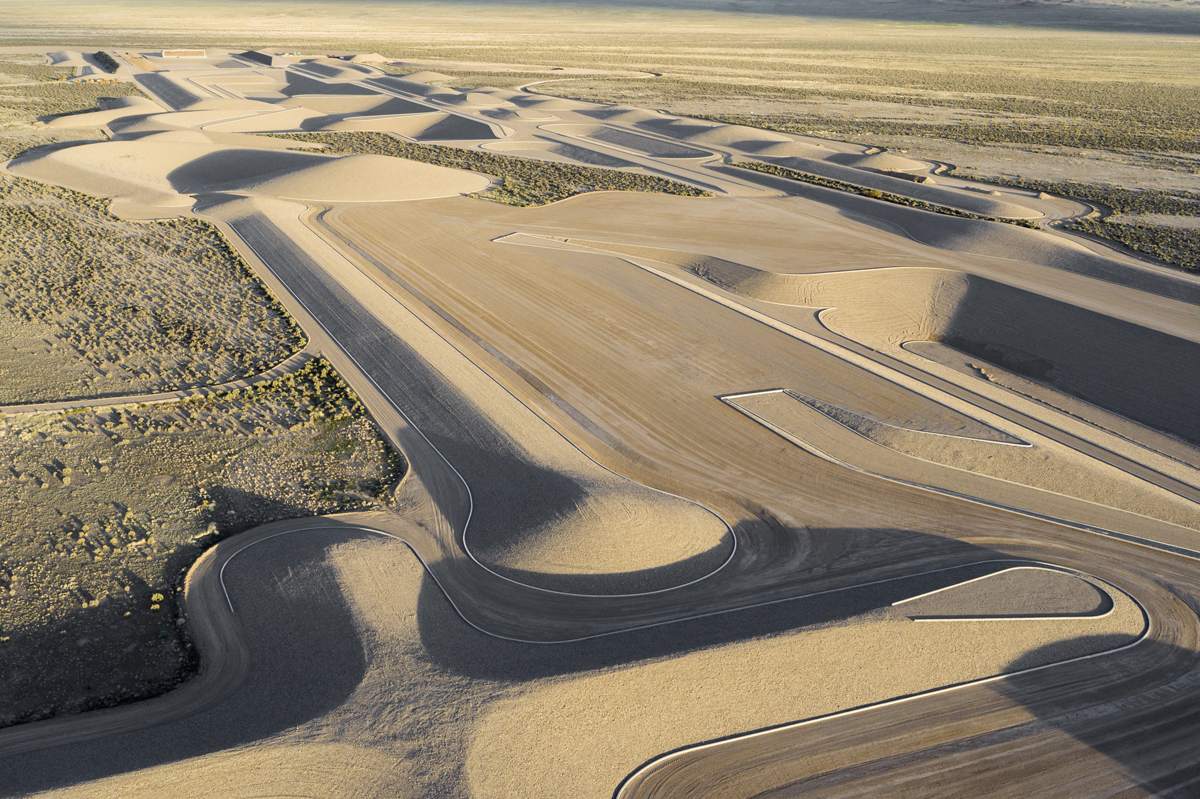
The idea of Michael Heizer’s City has lived with me, like a stone I turn obsessively in my hand, ever since I learned about it in a Land Art class at University of Nevada, Las Vegas, in 2017. Sometimes it’s more like a pebble in my boot that I haven’t had the time or space to shake out. Even now, more than a year after visiting the vast, mile-and-a-half-long sculptural complex in the Nevada desert, I feel it when I walk. I felt it most recently on the black soil of my father’s family farm in Michoacán, Mexico.
I learned to walk on that volcanic earth as a baby, before my father, a dual citizen since the age of three, resigned himself to a lifetime of construction work in the United States—telling himself he’d return someday for good, even if only to be buried. After my mother and brother received their legal status, we visited the ranch each year. He would walk us across the acres his father left behind, pointing at open spaces with his wide hands, sharing visions of construction projects that never broke ground. My father built a life elsewhere, but part of him still lives on the soil where he too learned to walk.
I carried that stone of City (1970-2022) with me when I walked through Teotihuacan in 2021, a year before Heizer’s work opened to the public. I had been there once before as a child, when the pyramids were full of vendors and tourists. It was loud, alive, and full of motion. This time, my sister and I arrived as pandemic-era restrictions eased. The scale of the site felt newly available to me. The spaces between things widened. The quiet made room for me to imagine this enormous ruin’s masonry as a skeleton structuring the lives of my ancestors’ neighbors.
Something similar happened in Las Vegas. When the Strip shut down, the daisy chain of casinos collapsed into one long concrete canyon. A monolithic superstructure. I saw the studio lot loosening its firm determinism, allowing for a different kind of play and more individualized imaginaries.
The month before I saw City, I began replaying Fallout: New Vegas to decompress after an arduous semester. The game reimagines southern Nevada after global nuclear war. You play a courier, walking for hours toward landmarks in the distance. They begin as blurs, then shapes, then spaces that hold your body. City operates on the same slow logic of arrival. You do not encounter it in one moment. You live inside it for a few hours, and then it lives inside you.

I finally visited Heizer’s work in May 2024. The reservation window is tight, with only a few visitors allowed per day during part of the year. The journey from Las Vegas takes several hours. My partner came with me. Unlike me, he didn’t grow up studying Land Art. He hadn’t read the texts or seen the aerial photos. I didn’t prime him, hoping to hear a layman’s spontaneous impressions. His thoughts continue to ground me.
The fact that someone without any context could access City and respond to it meaningfully is, I think, what Heizer means when he calls the work “democratic.” In a 2022 New York Times article by Michael Kimmelman, Heizer explains, “I am not here to tell people what it all means. You can figure it out for yourself.” My partner did exactly that. He treated the site like a space for play, testing the acoustics, wandering with curiosity, saving reverence for the sheer scale of it. He had no myth to parse. I did.
I’ve tried to understand why this work stays with me. Part of it is physical memory. Part of it is how it bends time. But more than that, I’m drawn to the act of obsession itself.
Critiques of Land Art often focus on its colonial underpinnings. Artists impose their works on the land, flattening the histories of those who were here before. Ten years ago, preparing to write a hypercritical essay for that same Land Art class, I was stopped in my tracks when I learned that City had helped secure national-monument status for the surrounding Basin and Range area. That designation protects 704,000 acres of land, home to Indigenous artifacts, from proposed infrastructure projects like the nuclear waste railroad to Yucca Mountain. I don’t yet have the finesse to resolve the tension between the anti-colonial critique and the reality that this specific Land Art, inspired by sites like Teotihuacan, helped protect others. I turn the stone furiously in my hand.
I find myself defending Heizer. Not the man exactly, but the work, and the endurance it represents. City wasn’t built in a decade. It was carried forward for fifty years, across political, financial, and ecological shifts. This long view has allowed for shifts in how we see the work too, even as its conception has remained largely unchanged.
Still, the claim of democracy is hard to square. City is not easy to reach. You need time, money, and access. Otherwise, the work remains a photo, a drone shot, a secondhand myth.
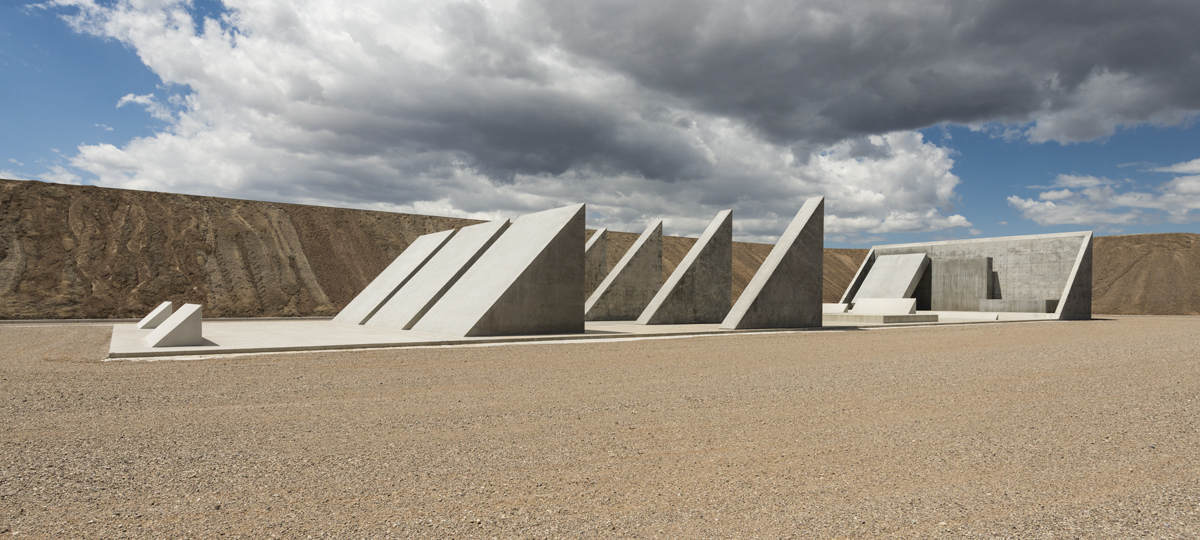
Experiencing it physically is something else entirely. You don’t see it. You are inside it. Your body adjusts to its scale. You notice the light on the concrete, the temperature shift as you step out from the shadow of a plateau, the way your stride seamlessly rounds along the curve of the embankments.
That’s why it makes sense to me that photography is banned there. It’s not about control. It’s a clue. You are not there to capture the work. You need those three hours to soften the myopic gaze. I mean that literally. You need time to let your vision stretch across distances. As you do, the sky becomes a searing blue. The concrete hums in soft grays and purples. You start to feel time.
By the second hour, I noticed my breath slowing. I didn’t want to narrate anymore. I didn’t want to analyze or compare. I just wanted to walk. My partner and I found a long stretch and moved in silence. The gravel matched the rhythm of our heartbeats. Wildlife marked distance with the clarity of their calls. For a few moments, I could hold one sense of scale long enough to understand my place within it, until something shifted and reoriented me again. Time contracted and expanded.
I’ve tried to understand why this work stays with me. Part of it is physical memory. Part of it is how it bends time. But more than that, I’m drawn to the act of obsession itself. To the idea of building something even when no one is watching. Of committing to form for its own sake.
What am I willing to give to the thing I want to build?
My father never built the projects he described on the farm. But he imagined them constantly. He kept turning those dreams over in his hands. He built walls in other cities, for other people. His work was useful, then gone. When I think about legacy, I think about him. About what we hold onto, even when it never materializes.
Maybe City is so heavy for me because it names a desire I haven’t yet earned. The desire to make something large, not in size, but in commitment. Something that holds a piece of time. Something that resists reduction. The labor becomes its own evidence.
The stone is still in my hand. Some days it feels heavier. Some days I forget it’s there. But it keeps showing up. It appears in my thoughts, my work, the way I talk about art, time, and who gets remembered.
I didn’t go to City to find an answer. But I left with a question I still haven’t shaken: What am I willing to give to the thing I want to build?
